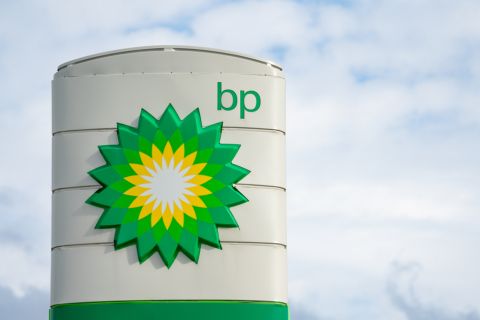Shares of U.S. shale producers climbed on Jan. 3 as Middle East tensions boosted oil prices to an eight-month high, but the bump is likely to prove temporary as companies stay focused on cost-cutting in 2020.
Oil prices jumped as producers and service companies evacuated foreign staff from Iraq for safety reasons after a U.S. air strike killed a top Iranian commander in Iraq.
Shares of Centennial Resource Development Inc. gained 2.1%, Whiting Petroleum Corp. 8.6%, WPX Energy Inc. 2.6% and Continental Resources Inc. 3.5%. U.S. and Brent crude rose more than 3% on Jan. 3.
Analysts said oil prices would have to rise much more to make a lasting impact on U.S. shale producers. They noted that the industry has yet to deliver consistent returns and most companies are committed to reducing spending.
"If this escalation results in sustainably higher oil prices, that obviously helps them," said Josh Young, managing partner at oil and gas investor Bison Interests. "But it would require much higher prices to solve their problems."
After a decade of poor returns on growing output, U.S. shale producers are cutting spending by 12% to 15% this year. Any improved profit from higher oil prices will likely go toward paying down debt and returning dividends to shareholders, said Richard Spears, vice president of oilfield consultancy Spears & Associates.
Shares of oilfield service firms also notched modest gains. Schlumberger Ltd. and Halliburton Co. rose less than 1% apiece.
"I doubt we see any meaningful increase in drilling activity in the U.S. until the price of oil rises over $70," Spears said.
The U.S. rig count has fallen 26% in the past year while the number of active hydraulic fracturing spreads has tumbled to 290 from an April peak of 482.
RELATED:
US Drillers Cut Oil Rigs For Second Consecutive Week
In September, shale shares got a similar bump when an attack on Saudi Arabian oil facilities briefly raised crude oil prices to the low $60s per barrel level before falling back to the mid-$50s.
Similar to last fall, oil companies responded to the price jump by hedging more of their production, a means of locking in future profit, according to a broker, who added, "It has been super busy.”
Jan. 3's 3.6% move in near-term oil contracts is helpful, but "it’s not a game-changer," said Ethan Bellamy, a senior analyst at Robert W Baird & Co.
"The big issue facing shale is the core inventory depletion," said Matt Portillo, research analyst at Tudor Pickering Holt & Co., referring to the rapid output decline in shale wells. "Drilling faster doesn’t do much for producers."
Recommended Reading
SLB’s ChampionX Acquisition Key to Production Recovery Market
2024-04-19 - During a quarterly earnings call, SLB CEO Olivier Le Peuch highlighted the production recovery market as a key part of the company’s growth strategy.
PHX Minerals’ Borrowing Base Reaffirmed
2024-04-19 - PHX Minerals said the company’s credit facility was extended through Sept. 1, 2028.
BP Restructures, Reduces Executive Team to 10
2024-04-18 - BP said the organizational changes will reduce duplication and reporting line complexity.
Matador Resources Announces Quarterly Cash Dividend
2024-04-18 - Matador Resources’ dividend is payable on June 7 to shareholders of record by May 17.
EQT Declares Quarterly Dividend
2024-04-18 - EQT Corp.’s dividend is payable June 1 to shareholders of record by May 8.





